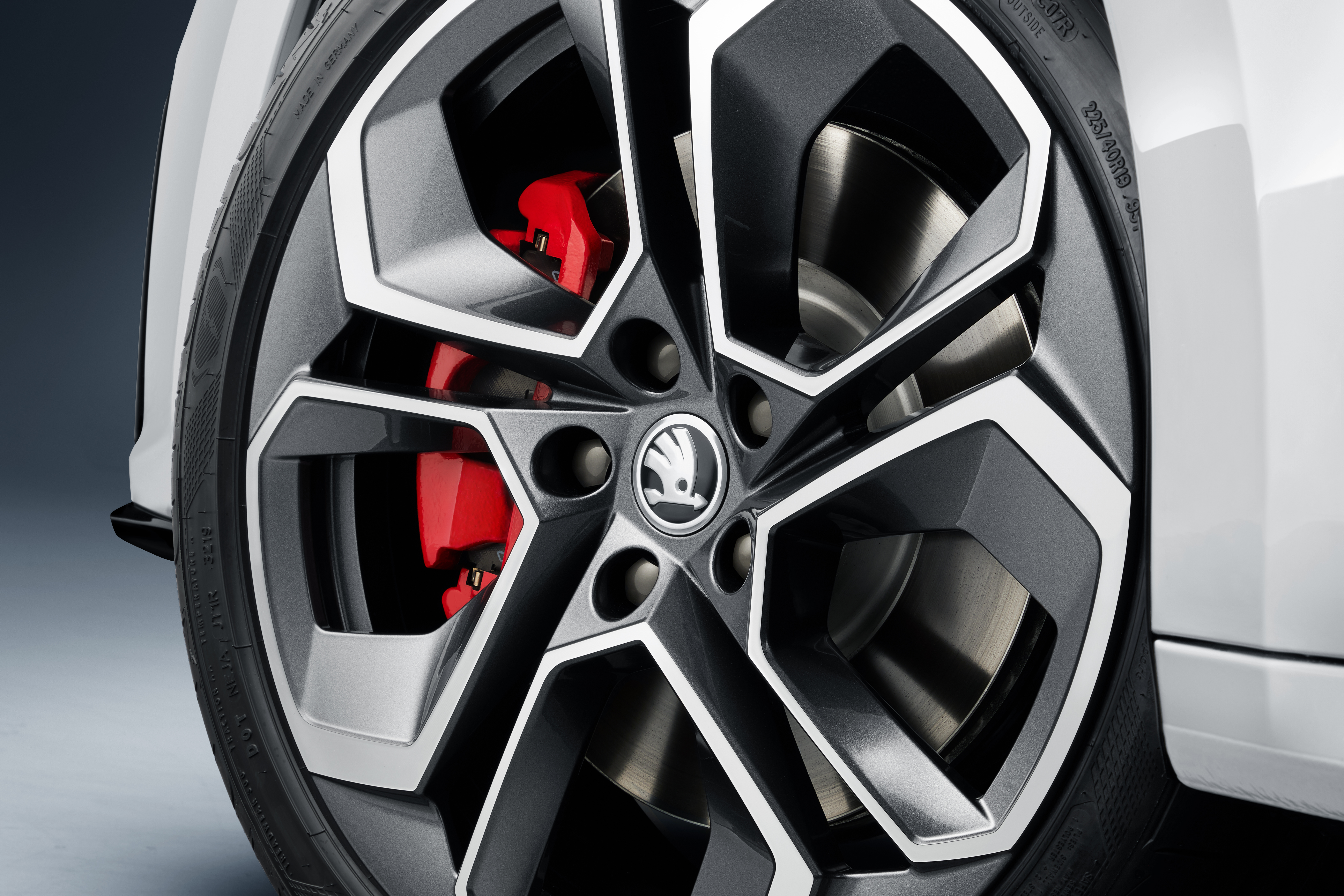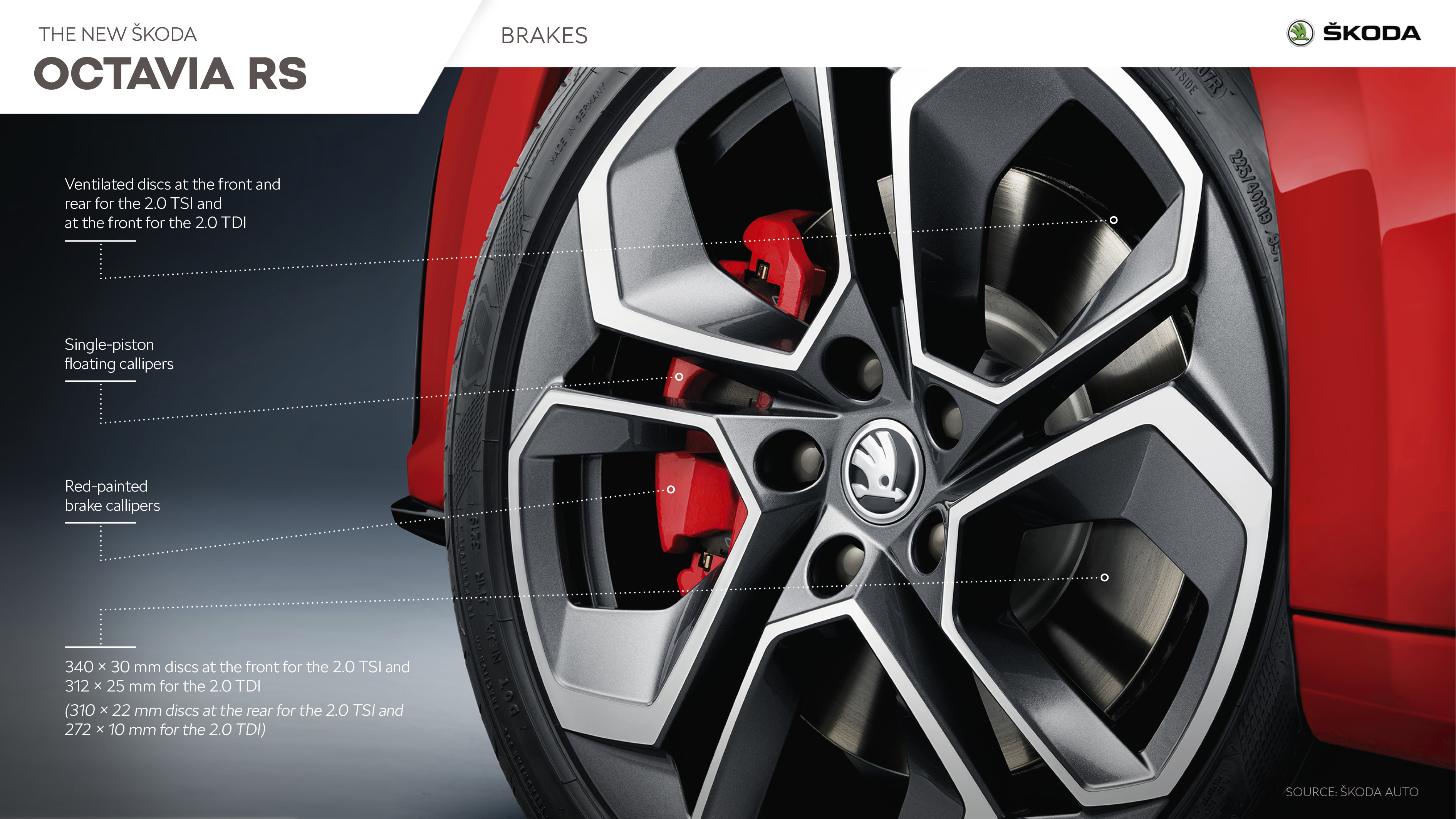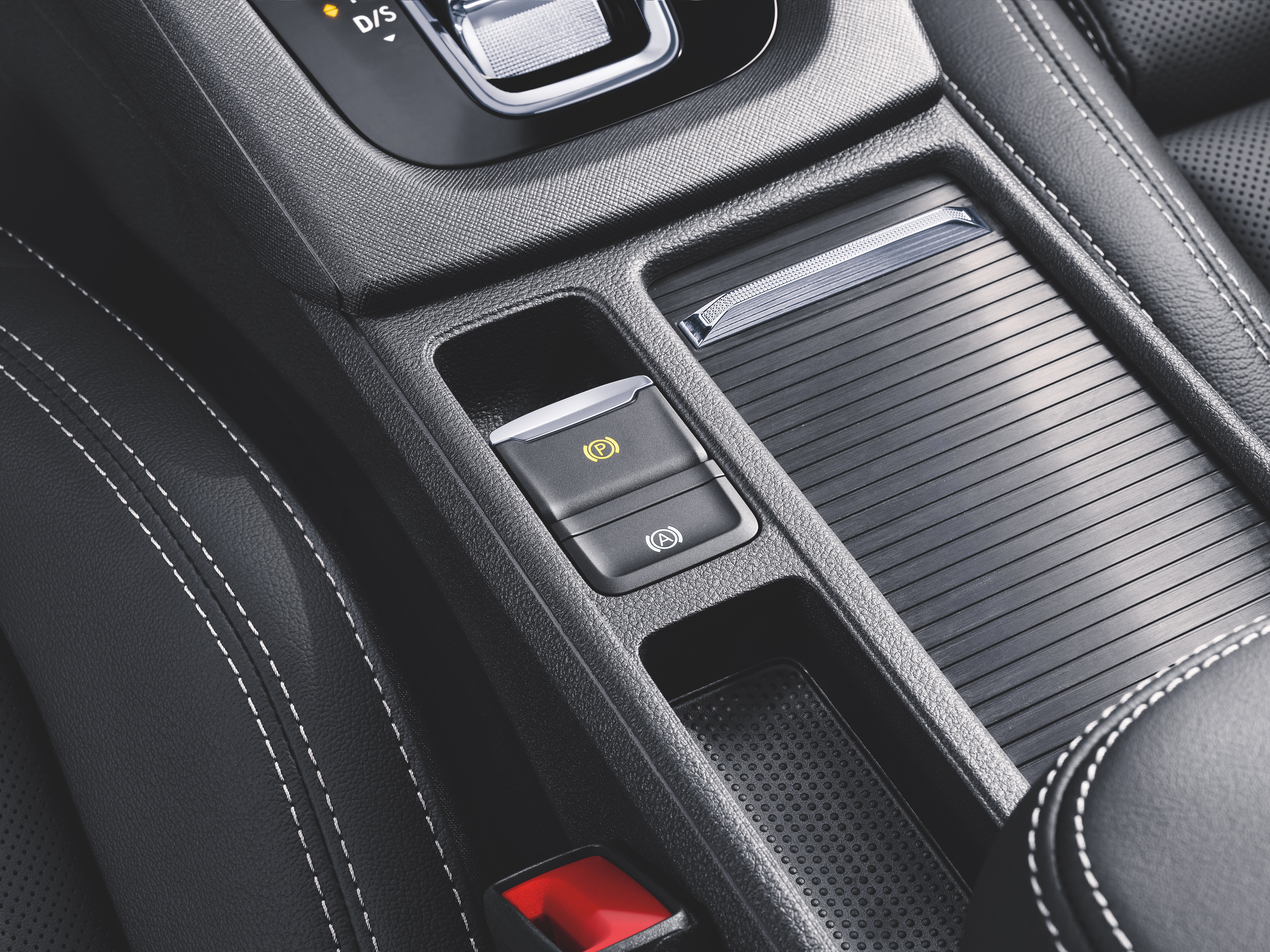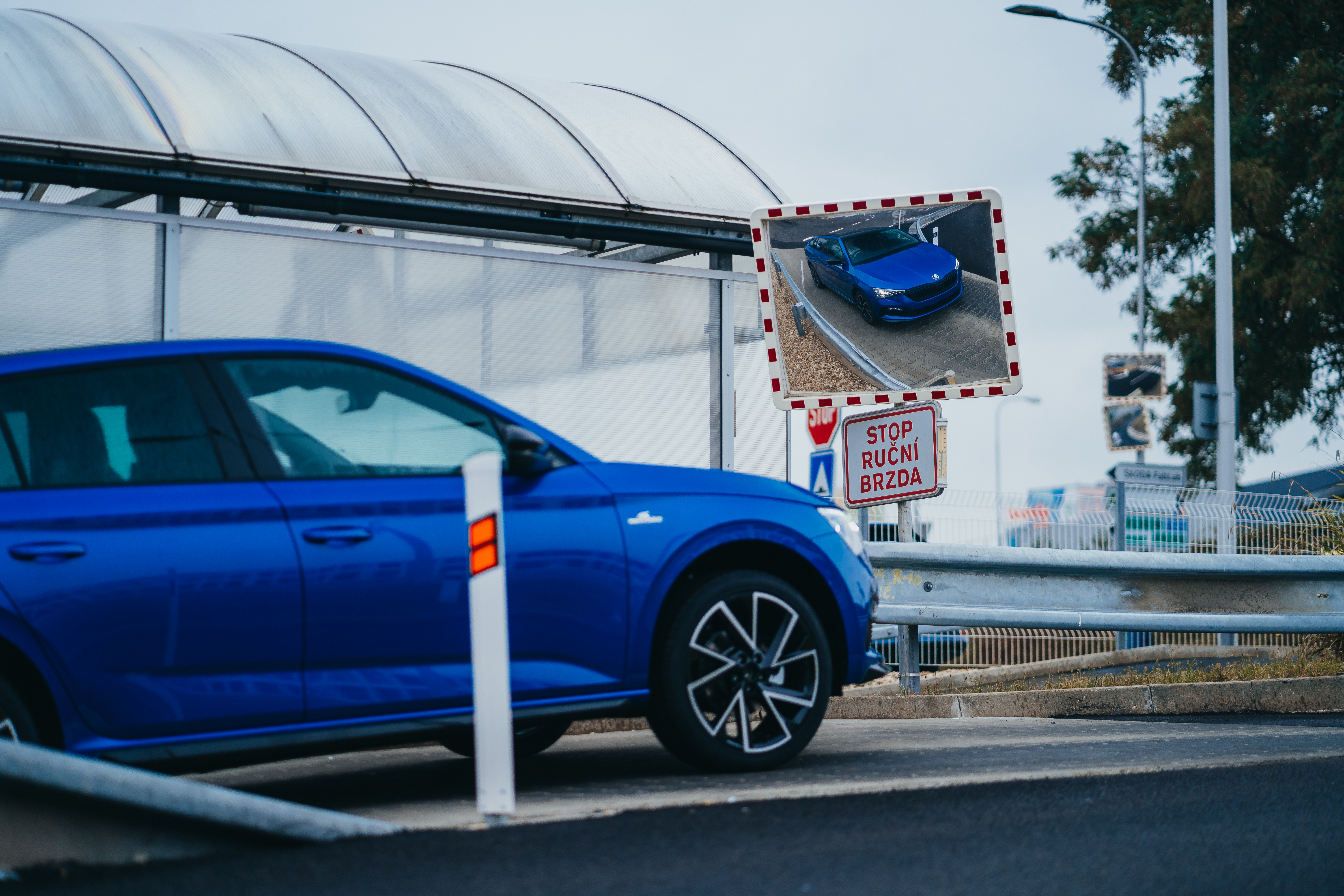Noise and other emissions
The fight against squeal is a good illustration of how complex brake development is. A brake designed according to the parameters of a given car is first developed as a prototype. It is then trialled in test conditions that may reveal a certain tendency to squeal. Next, everything is checked in practice, because contrary to popular belief, it is not only the pad-rim (or drum-shoe) pair that causes high-pitched noise.
“Squeal is simply the result of some part vibrating at a frequency that gives rise to this audible sound. So the action of the brake can cause a suspension component to vibrate,” explains Klofec. The engineers then devise structural modifications to suppress these frequencies as much as possible. Sometimes, they say, a change to the pads will work, where it is enough to add a little piece of metal that changes the stiffness of the pad and dampens certain frequencies, while at other times the shape of the brake bracket casting has to be altered. In every case, the goal is ideally to damp the frequency where it originates.
 If your brakes don’t stop squealing, an authorised service centre can solve the problem.
If your brakes don’t stop squealing, an authorised service centre can solve the problem.
There is always room for improvement in brakes, he says. The legislation, for example, also places emphasis on reducing particulate emissions from brakes, which basically means reducing brake wear. Advances in materials development make it possible to continually improve brakes’ resistance to corrosion, for example, which is a major enemy of the proper and comfortable functioning of brakes. “The ultimate solution in this respect is ceramic discs, but this is an unaffordable technology for mass-produced cars. And I don’t think it can ever become commonplace in the future," explains Klofec.
 The ŠKODA OCTAVIA RS iV and its striking red brake callipers.
The ŠKODA OCTAVIA RS iV and its striking red brake callipers.




 Brake testing is a job for an authorised service centre. After winter, the brakes can get fouled up with dirt from road grit and salt.
Brake testing is a job for an authorised service centre. After winter, the brakes can get fouled up with dirt from road grit and salt.


 Braking must feel pleasant in all ŠKODA models – such as here in the ŠKODA ENYAQ SPORTLINE iV.
Braking must feel pleasant in all ŠKODA models – such as here in the ŠKODA ENYAQ SPORTLINE iV.

 If your brakes don’t stop squealing, an authorised service centre can solve the problem.
If your brakes don’t stop squealing, an authorised service centre can solve the problem. The ŠKODA OCTAVIA RS iV and its striking red brake callipers.
The ŠKODA OCTAVIA RS iV and its striking red brake callipers. Because of electric cars’ recuperation capability, the drum brakes on the ENYAQ iV's rear wheels are rarely used.
Because of electric cars’ recuperation capability, the drum brakes on the ENYAQ iV's rear wheels are rarely used.


























